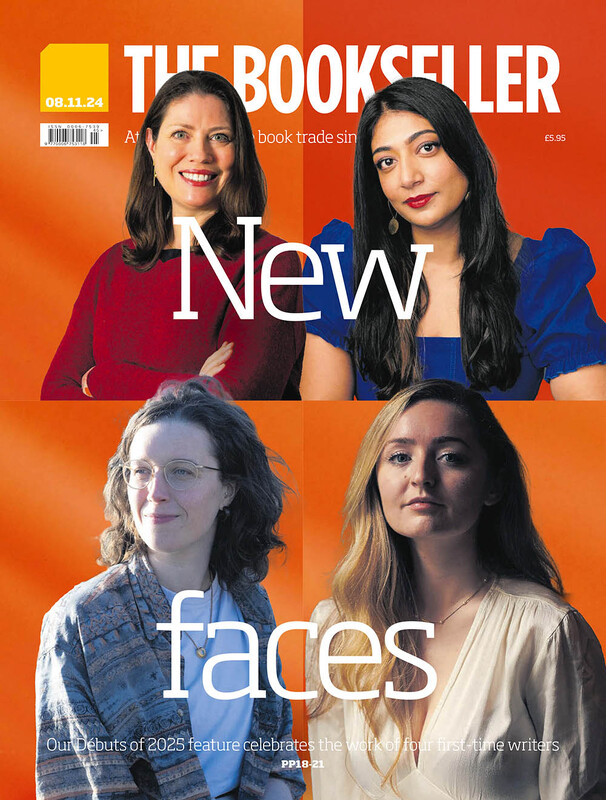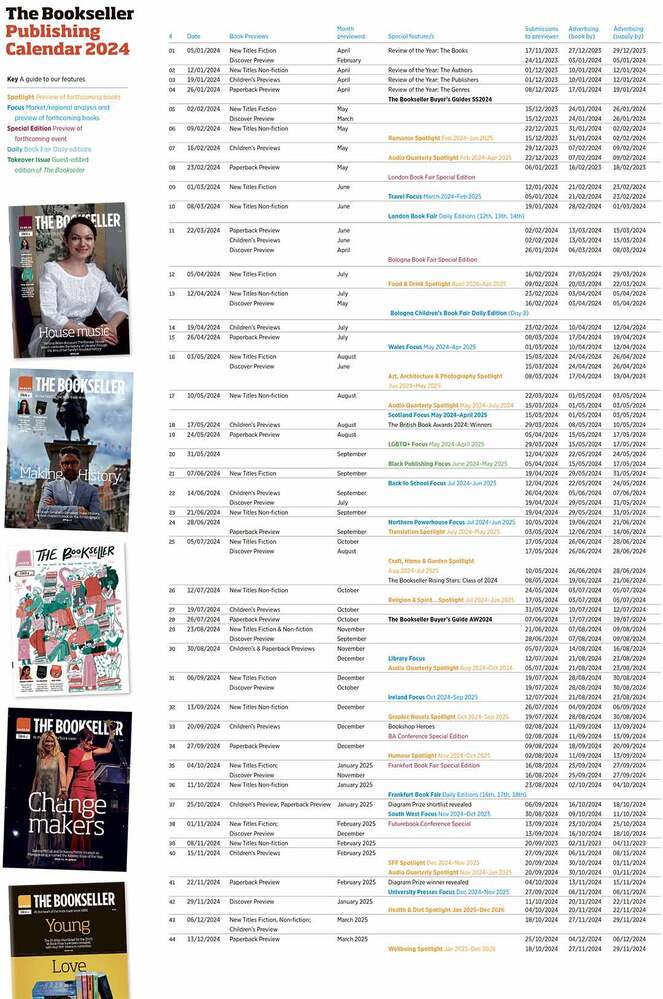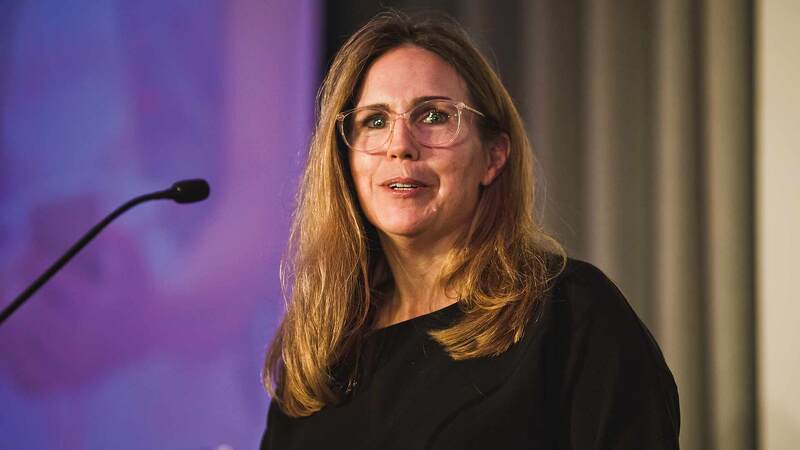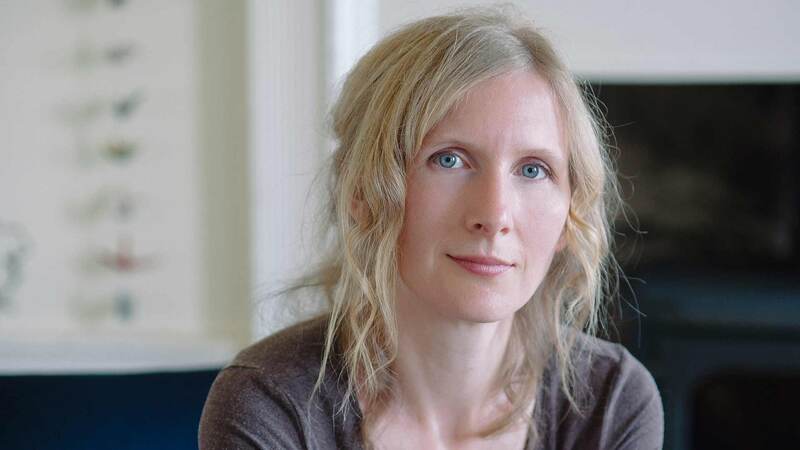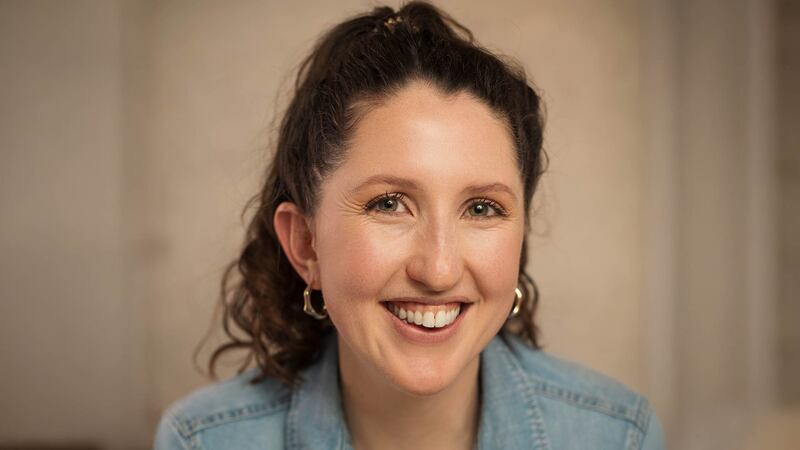You are viewing your 1 free article this month. Login to read more articles.
What is Women's Fiction?
"How good does a female athlete have to be before we just call her an athlete?" - author unknown.
When did women’s fiction come to be? In 1956, the New York Times reviewed Peyton Place as “lurid, an expose, and earthy,” comparing author Grace Metalious to Sherwood Anderson, Edmund Wilson, John O’Hara and Sinclair Lewis. I have no doubt that today they’d classify Peyton Place as women’s fiction.
When Robin Black’s Life Drawing (“might be the nearest thing to a perfect novel that I have ever read” - The Bookseller) released, the conundrum of women’s fiction sharpened. Life Drawing was lauded everywhere, and yet more than one review included the information that both “women’s fiction fans” and “readers of literary fiction” will enjoy it. Confused? I was. I’ve not seen analysis’ of male-written books stating: Both men’s fiction readers and readers of literary fiction will enjoy this book.
I’ve not seen any genre referenced in reviews as “men’s fiction.” Googling it, I only found Esquire’s short stories labeled “fiction for men.” At dummies.com categories listed are commercial, mainstream, literary, mystery, romance, historical, suspense, thriller, horror, young adult, with an entirely separate description of women’s fiction: “It's common knowledge in the publishing industry that women constitute the biggest book-buying segment. So, it's certainly no accident that most mainstream as well as genre fiction is popular among women. For that reason, publishers and booksellers have identified a category within the mainstream that they classify as women's fiction... The field includes such diverse writers as Barbara Taylor Bradford, Anne Rivers Siddons, Alice McDermott, Judith Krantz, Anne Tyler, Rebecca Wells, and Alice Hoffman.”
One assumes, seeing these varied authors representing women’s fiction that what one needs to write women’s fiction is a uterus. This category becomes more entrenched in literary culture each year. If you want to publish on Amazon, you must pick a category from a list of wide ranging possibilities that include ten sub-genres of women’s fiction and, zero that are labeled men’s fiction. The message is clear. Men are the norm. Women are a sub-category. If we go to Wikipedia, we get this: "Women's fiction is an umbrella term for women centered books that focus on women's life experience that are marketed to female readers, and includes many mainstream novels. It is distinct from women's writing, which refers to literature written by (rather than promoted to) women. There exists no comparable label in English for works of fiction that are marketed to males."
Agentquery.com describes it thusly: "Women’s fiction is just that: fiction about women’s issues for a female readership. However, it is not the same as chick lit or romance. While utilizing literary prose, women’s fiction is very commercial in its appeal... women’s fiction often incorporates grave situations such as abuse, poverty, divorce, familial breakdown, and other social struggles."
Okay, now I’m really getting confused. If I’m not mistaken, are there not many books written by men and marketed to all genders that include abuse, poverty, divorce, familial breakdown, and other social struggles? Philip Roth, John Updike, Jonathan Tropper, Jonathan Franzen, Jeffrey Eugenides, Pat Conroy, and Wally Lamb – to name a few. The prejudice is clear, but there is also a practical problem here. If women’s fiction is a marketing device, it’s confusing as thus. If one label’s a novel women’s fiction, is the message not for men? With the women’s fiction label are half the potential readers in the world blocked off before the books hit the shelves?
As a teenager, when I read my first adult books, I chose, Exodus, Marjorie Morningstar, Jubilee, Peyton Place, Crime & Punishment, and Martha Quest. These are the books that marked me. But might I have eschewed them had they been labeled war book, women’s fiction, black fiction, and literary fiction?
My own novels have been labeled women’s fiction, mainstream novel, literary fiction, commercial, upmarket - almost everything except horror and spy. But, as the nation of readership becomes more acclimated to categorisation, more men have written me to say, I picked up your book from my wife’s side of the bed and was surprised how much I loved it. One man (who’d taken a writing seminar I taught) wrote the following: I bought The Murderer’s Daughters for my wife, to be supportive of you - since I loved your workshop. A few weeks later, I took my wife to the dentist and forgot my book. She had brought yours, so while she was in the chair (since I had nothing else) I picked it up. Wow. It’s great! So maybe we can start a new category? Dentist office books?
This is not a small issue, even if we place it under micro-indignity. Last year, Amanda Filipacchi wrote in a New York Times Op-Ed, Wikipedia’s Sexism Toward Female Novelists: "...editors have begun the process of moving women, one by one, alphabetically, from the “American Novelists” category to the “American Women Novelists” subcategory. So far, female authors whose last names begin with A or B have been most affected, although many others have, too. The intention appears to be to create a list of “American Novelists” on Wikipedia that is made up almost entirely of men. The category lists 3,837 authors, and the first few hundred of them are mainly men. The explanation at the top of the page is that the list of “American Novelists” is too long, and therefore the novelists have to be put in subcategories whenever possible. Too bad there isn’t a subcategory for “American Men Novelists.”
We don’t need firemen and firewomen - they’re all fire fighters. We don’t have doctor-women and doctor-men. And all those writers we love? We don’t need to call the writer-men and writer-women. We can call them writers. And we can call the novels they write just that. Novels.
R. S. Meyers is the author of Accidents of Marriage published by Simon & Schuster.

